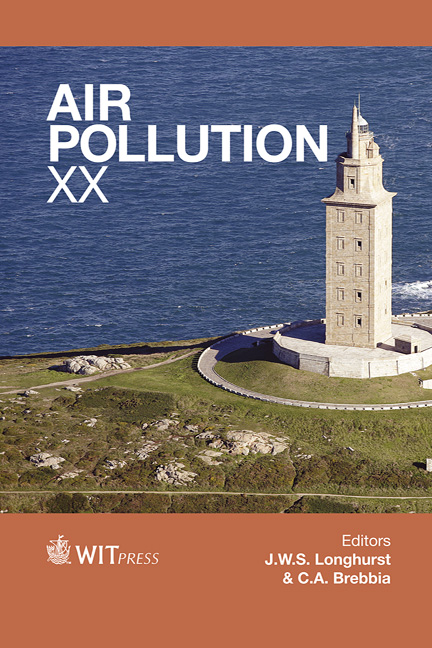A Mixed Top-down And Bottom-up Methodology In Spatial Segregation Of Emissions Based On GIS Tools
Price
Free (open access)
Transaction
Volume
157
Pages
12
Page Range
225 - 236
Published
2012
Size
1,053 kb
Paper DOI
10.2495/AIR120201
Copyright
WIT Press
Author(s)
M. Dios, J. A. Souto, J. J. Casares, N. Gallego, A. Sáez, M. L. Macho, D. Cartelle & J. M. Vellón
Abstract
Gridded chemical transport models are often used for the assessment of air quality. For European continental scale the EMEP emissions inventory with a low 50x50 km2 resolution is yearly available. However, current air quality models are usually applied with higher spatial resolution, in order to obtain representative results, especially in regional domains; therefore, a simple topdown approach based in the spatial interpolation of EMEP emissions is not appropriate. On the other hand, a bottom-up approach requires a huge amount of data to estimate the emissions source-by-source, which are not always justified for all the sources. The aim of this work is the development and application of a mixed top-down and bottom-up methodology for high resolution emissions inventories, based on EMEP emission data and other emissions data source (PRTR, UNFCCC and LRTAP). The emissions of the main industrial and road traffic sources (>50000 inhabitants cities, motorways) were obtained by a bottom-up approach, with industrial emissions considered from point sources. Other emissions from sparse sources are estimated following a top-down approach, based on the EMEP inventory, following a spatial segregation methodology which considers different geographical parameters, which are dependent on the source type. Data processing was performed using ArcMap GIS, following the CORINAIR structure [3]. Therefore, results are easily updatable and they can be
Keywords
emissions inventory, EMEP, top-down, bottom-up, GIS





